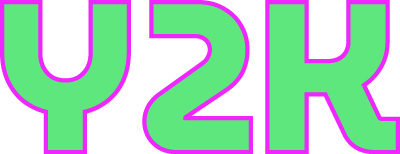
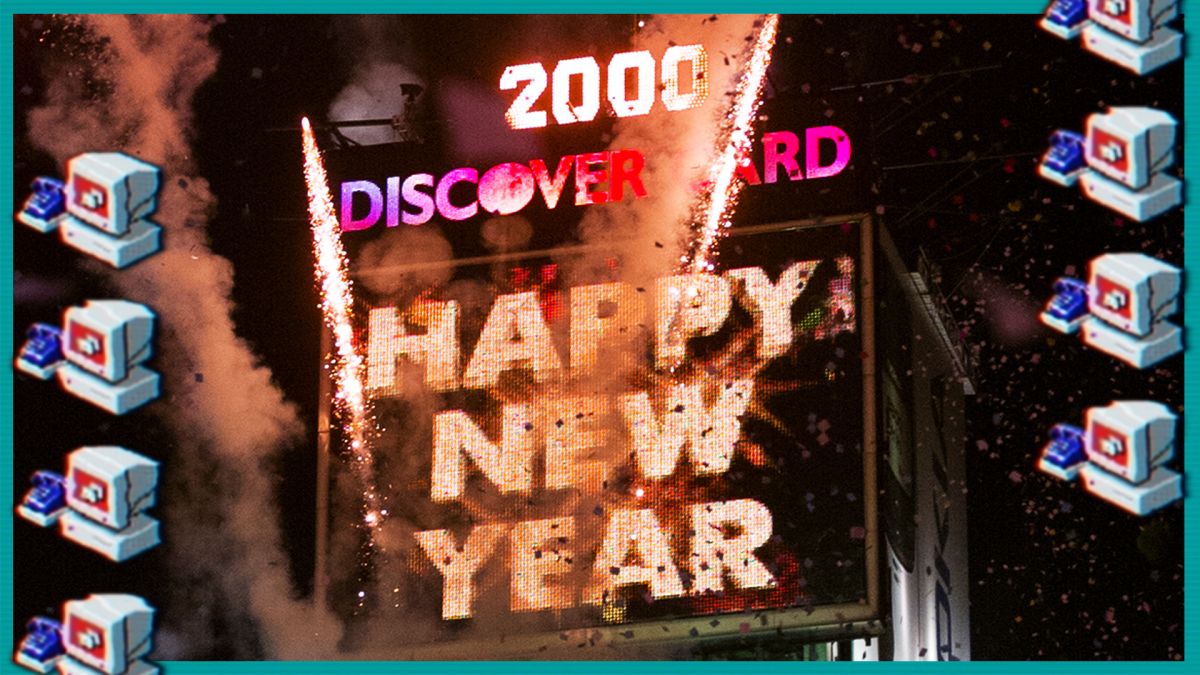
The year 2000 problem, also commonly known as the Y2K problem, Y2K scare, millennium bug, Y2K bug, Y2K glitch, Y2K error, or simply Y2K refers to potential computer errors related to the formatting and storage of calendar data for dates in and after the year 2000. Many programs represented four-digit years with only the final two digits, making the year 2000 indistinguishable from 1900. Computer systems' inability to distinguish dates correctly had the potential to bring down worldwide infrastructures for computer reliant industries. In the years leading up to the turn of the century (millennium), the public gradually became aware of the "Y2K scare", and individual companies predicted the global damage caused by the bug would require anything between $400 million and $600 billion to rectify. A lack of clarity regarding the potential dangers of the bug led some to stock up on food, water, and firearms, purchase backup generators, and withdraw large sums of money in anticipation of a computer-induced apocalypse.
Contrary to published expectations, few major errors occurred in 2000. Supporters of the Y2K remediation effort argued that this was primarily due to the pre-emptive action of many computer programmers and information technology experts. Companies and organizations in some countries, but not all, had checked, fixed, and upgraded their computer systems to address the problem. Then-U.S. president Bill Clinton, who organized efforts to minimize the damage in the United States, labeled Y2K as "the first challenge of the 21st century successfully met", and retrospectives on the event typically commend the programmers who worked to avert the anticipated disaster.
Critics argued that even in countries where very little had been done to fix software, problems were minimal. The same was true in sectors such as schools and small businesses where compliance with Y2K policies was patchy at best.





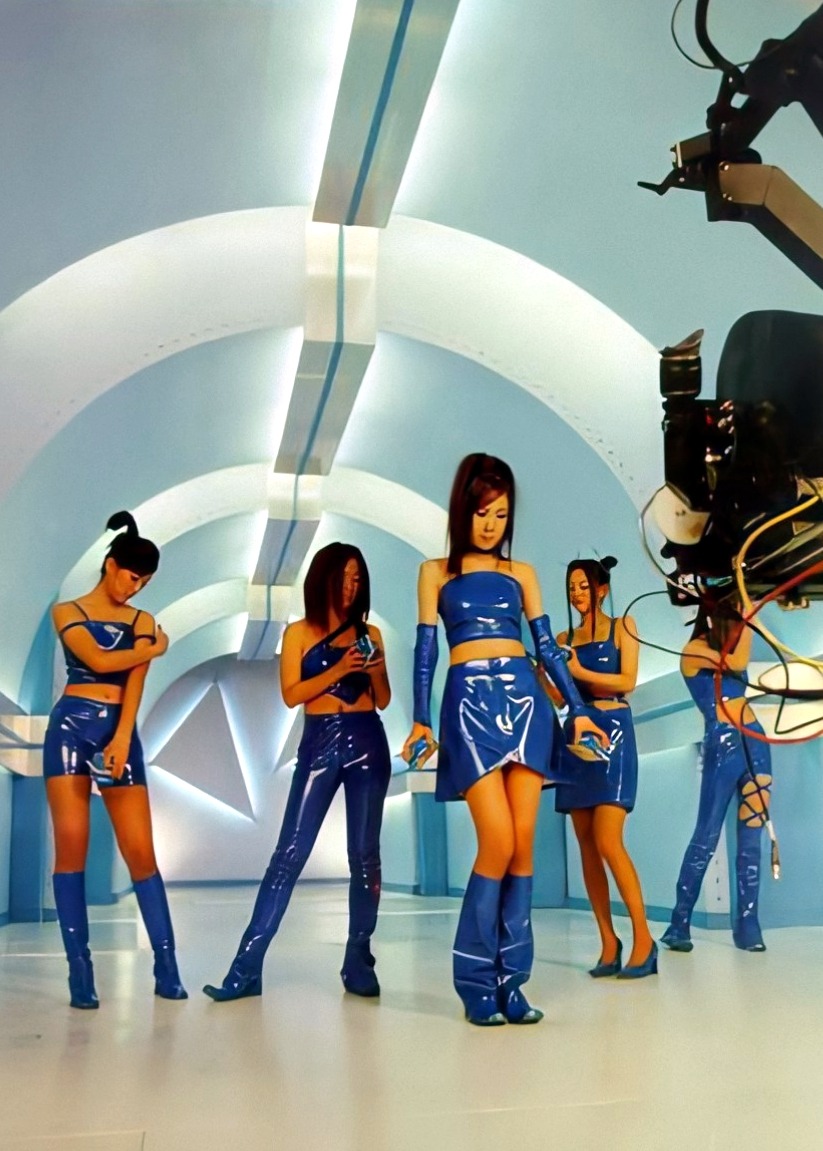

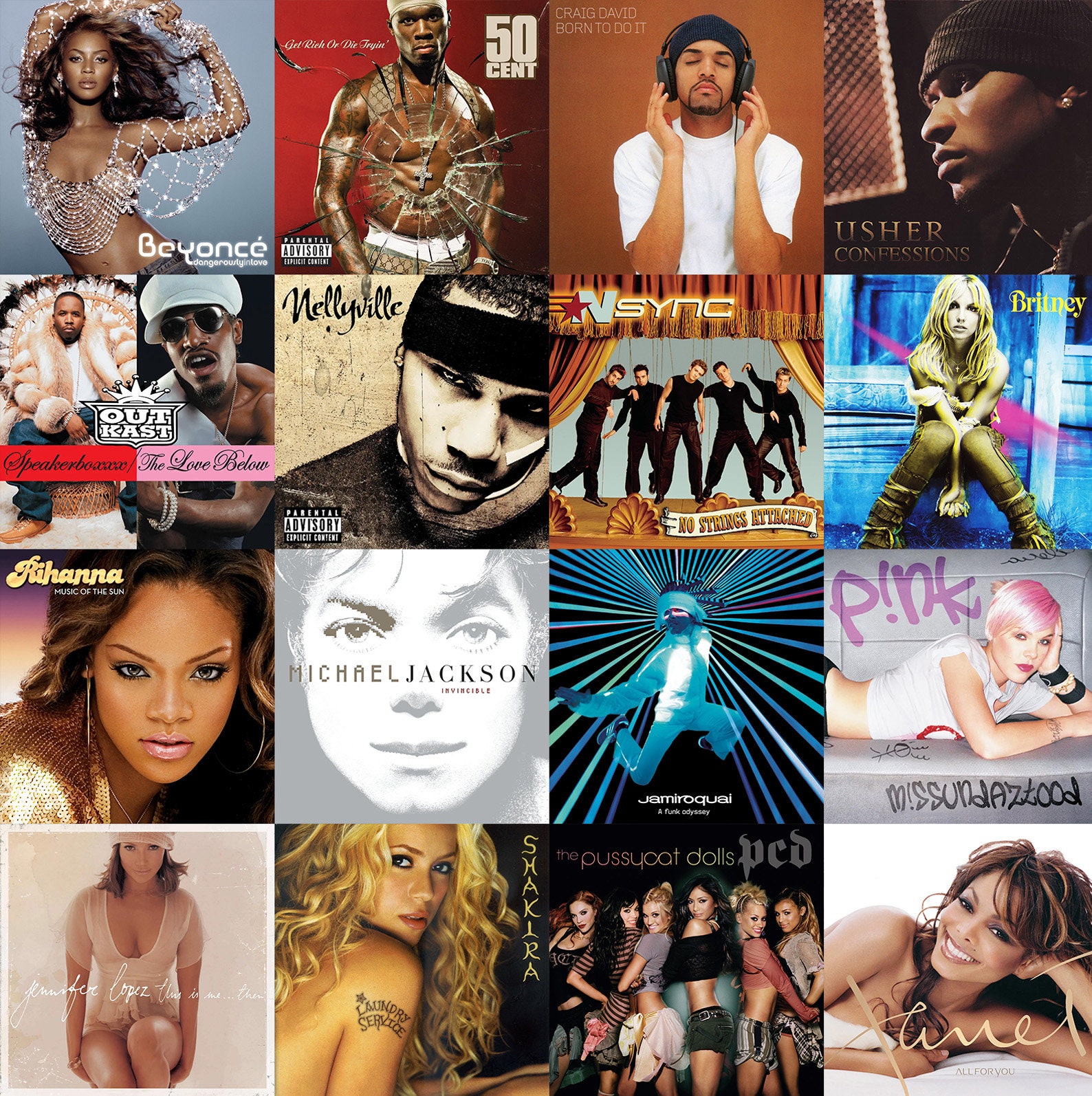
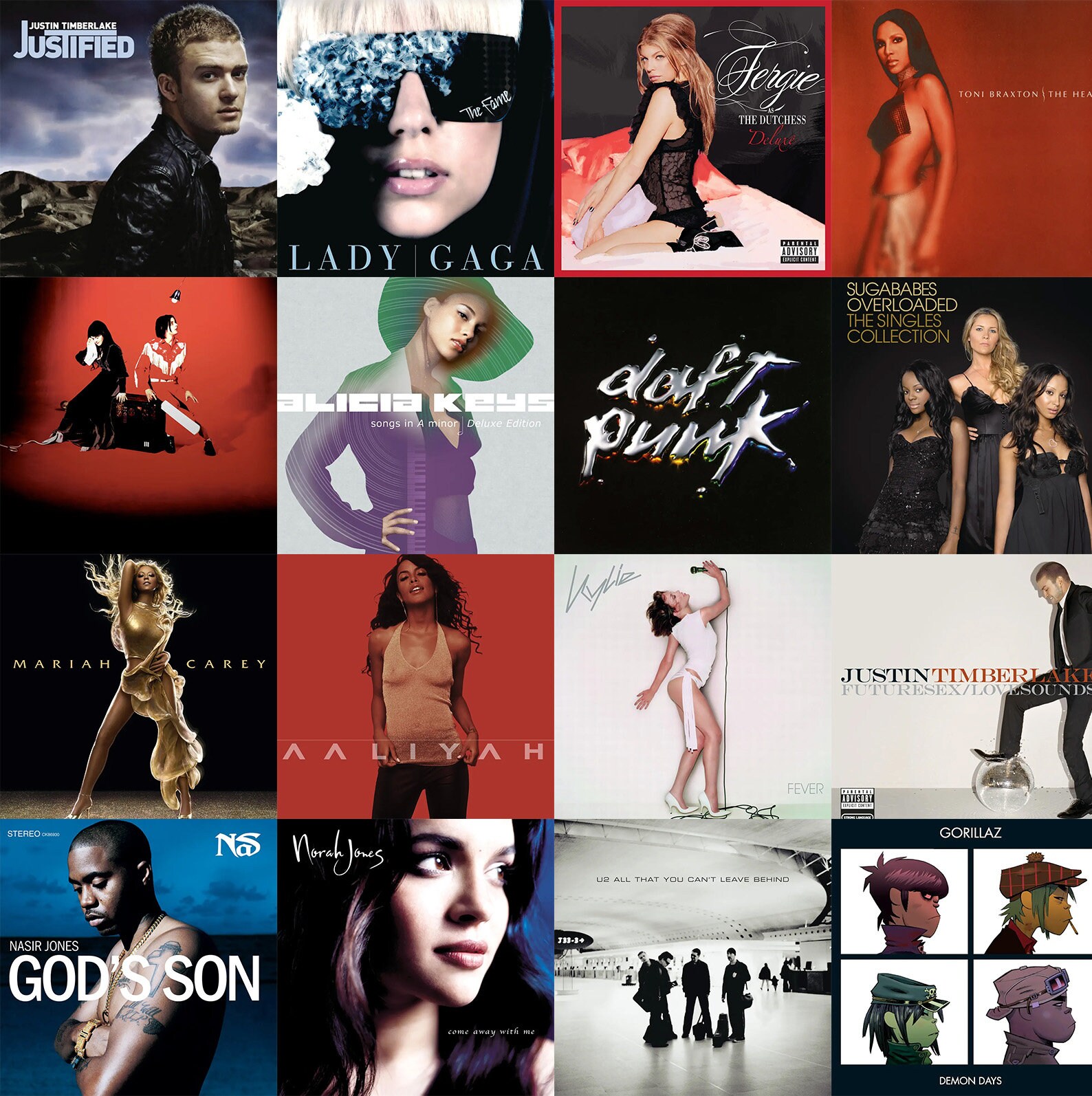
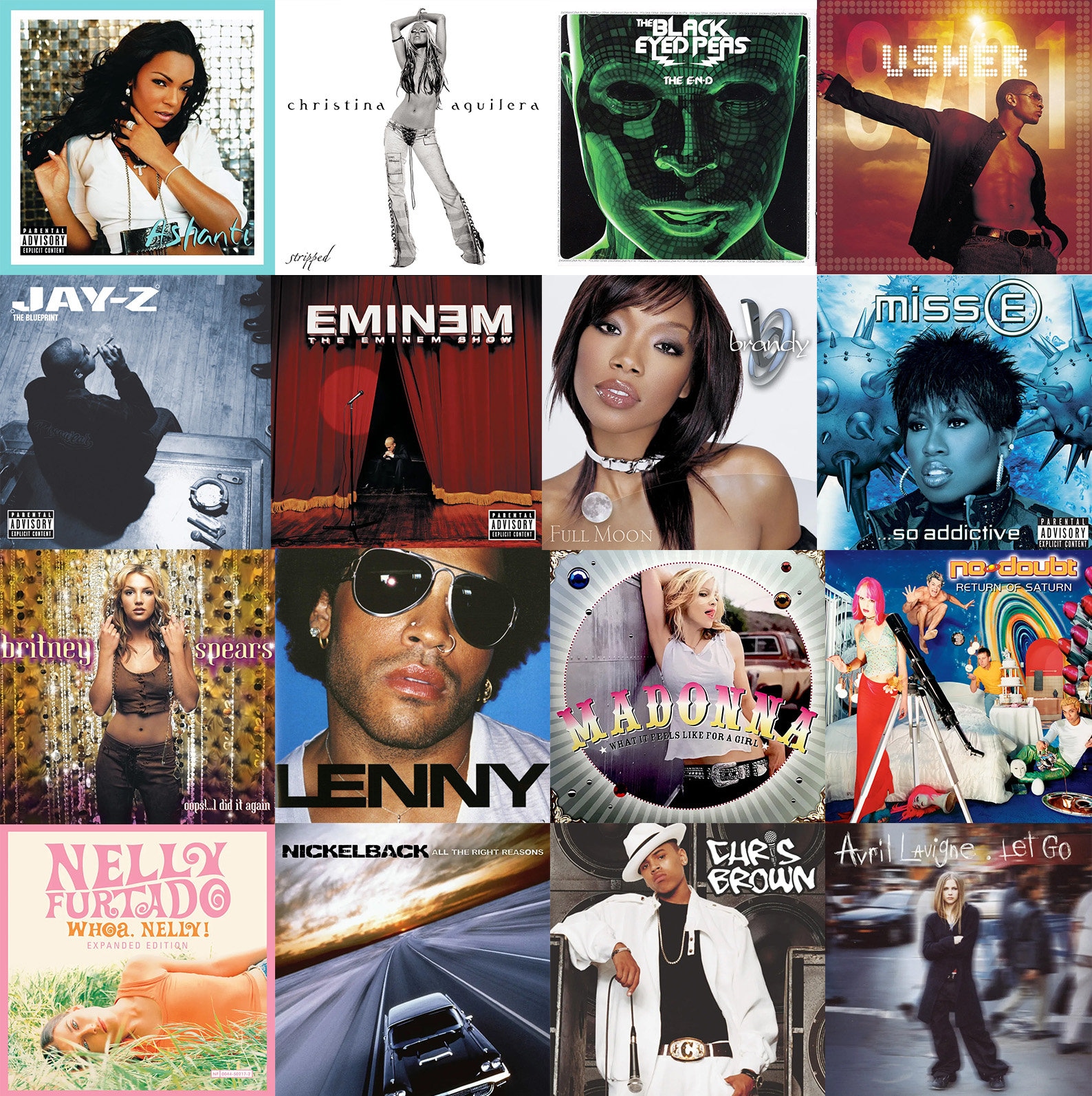


2004 was the last hurrah of Y2K, being the last year where the aesthetic(s) experienced any form of mainstream popularity. Cartoon Network switched from the "Powerhouse" era to "CN City" era, with most of their '90s programs ending and Toonami moving to Saturday nights. Nickelodeon went through a similar transition also, with '90s Nicktoons, the SNICK block, and pre-movie SpongeBob SquarePants ending. The final major Nu-Metal albums were released in 2004, and emo soon overtook nu-metal as the dominant "alternative" music genre; the popularization of MySpace and release of Green Day's American Idiot. McDonald's retired the McDonaldLand characters (except for Ronald McDonald) and rebranded from the "We love to see you smile" slogan to the infamous "I'm lovin' it" slogan. The first Web 2.0 conference was held in October 2004, early social media sites such as MySpace were rising in popularity. Marvel's Blade series, known for its heavy use of Y2K aesthetics and music, ended. The Rock retired from WWE, and Brock Lesnar temporarily left to join the NFL, leaving John Cena to become the face of the company.


By 2005, the Y2K aesthetic had more or less vanished completely. After Y2K ended, it gave way to the Frutiger Aero aesthetic, which coincided with the advent of Web 2.0; Frutiger Aero is widely considered Y2K's successor aesthetic, containing various similarities but being distinct as an aesthetic in its own right.
Since the Mid-Late 2010s, Y2K Era imagery and pop culture has begun to make a resurgence in various circles of the Internet, niche entertainment, and even mainstream entertainment due to the 20-year nostalgia cycle. Examples of Y2K revival songs include "1999" by Charli XCX, "2002" by Anne Marie, and "Motivation" by Normani. Evan Collins coined the term in 2016, having noticed the aesthetic had not yet been explored by the Vaporwave scene as much as earlier, more ubiquitous periods[2] (i.e. '80s/Early '90s aesthetics like Memphis and Synthwave), and wanting to give it more exposure. Collins runs the Y2K Aesthetic Institute along with Froyo Tam. They archive works exhibiting the aesthetic, in the fields of graphic design, flyers, game console design, video game concept art, interior design, architecture, fashion, etc. and chronicle both art from the era the aesthetic was popular, as well as modern depictions of the aesthetic. Tam has also made Ferrite Core DX and other open-source typefaces inspired by Y2K typography.Another example of modern-Y2K aesthetics being used is the indie puzzle game known as CROSSNIQ+, which utilizes the more bold, thick-line aesthetics seen in Y2K cartoon styles. Also run by Krieger and The Y2K Institute is u::r::here, a free virtual gallery dedicated to showing off Y2K art and aesthetics.The most major community forum that is based on Y2K aesthetics is Agora Road's Macintosh Cafe, which coins itself as a "nostalgic Y2K community". There are some smaller ones, such as the Orion's Arm forum, although that one is primarily about the fictional universe itself.*The aesthetic seems to be breaking into pop culture, such as the Charli XCX and Troye Sivan song 1999.
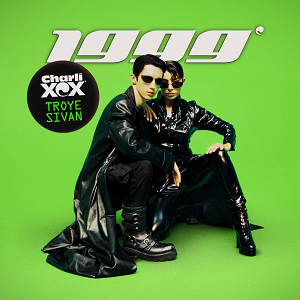
Copyright © Fall 2023 Interaction Foundation
Layout by Eileen Kim.
Sources: Aesthetics Wiki and WikiPedia: Year 2000 problem